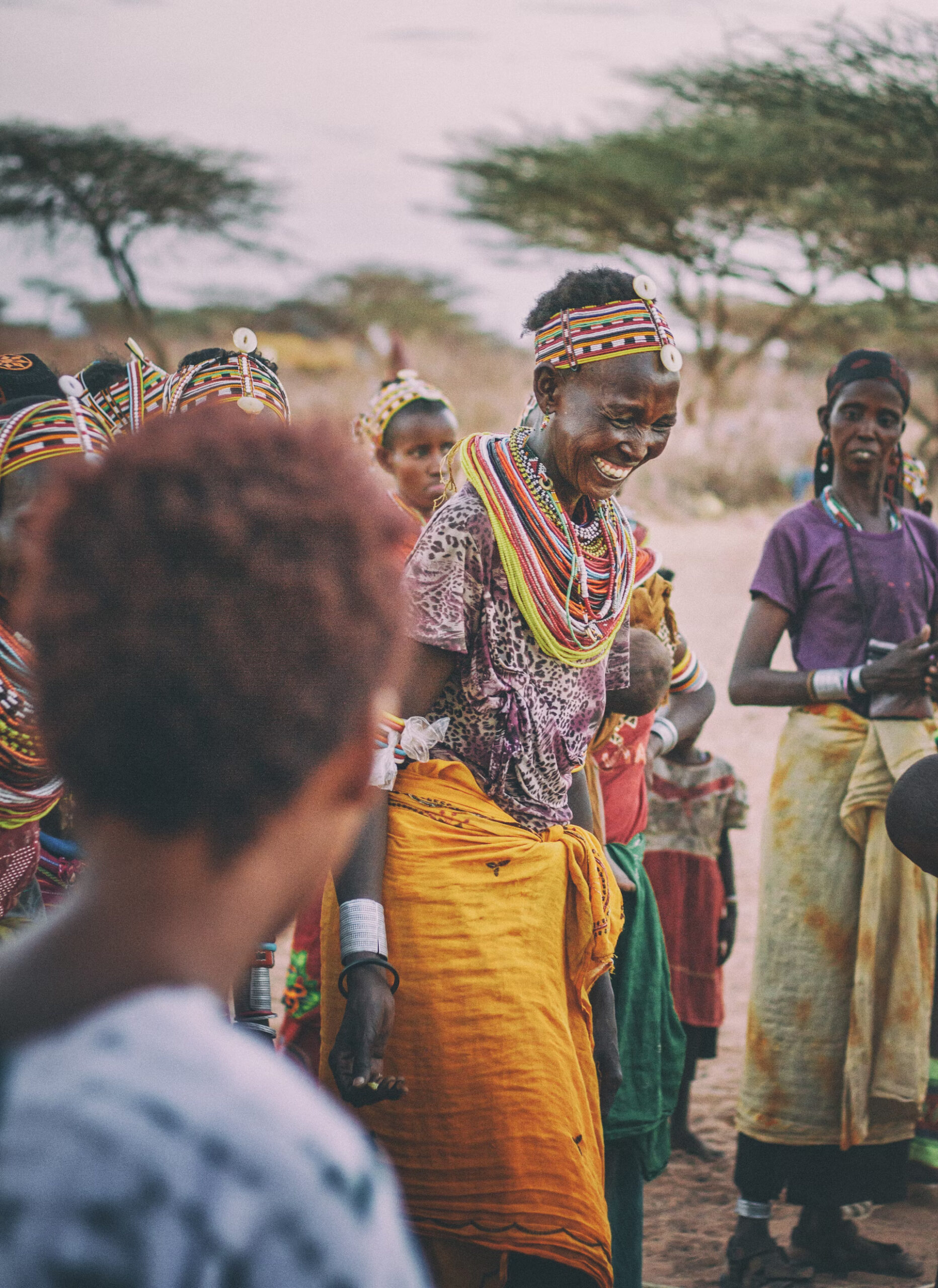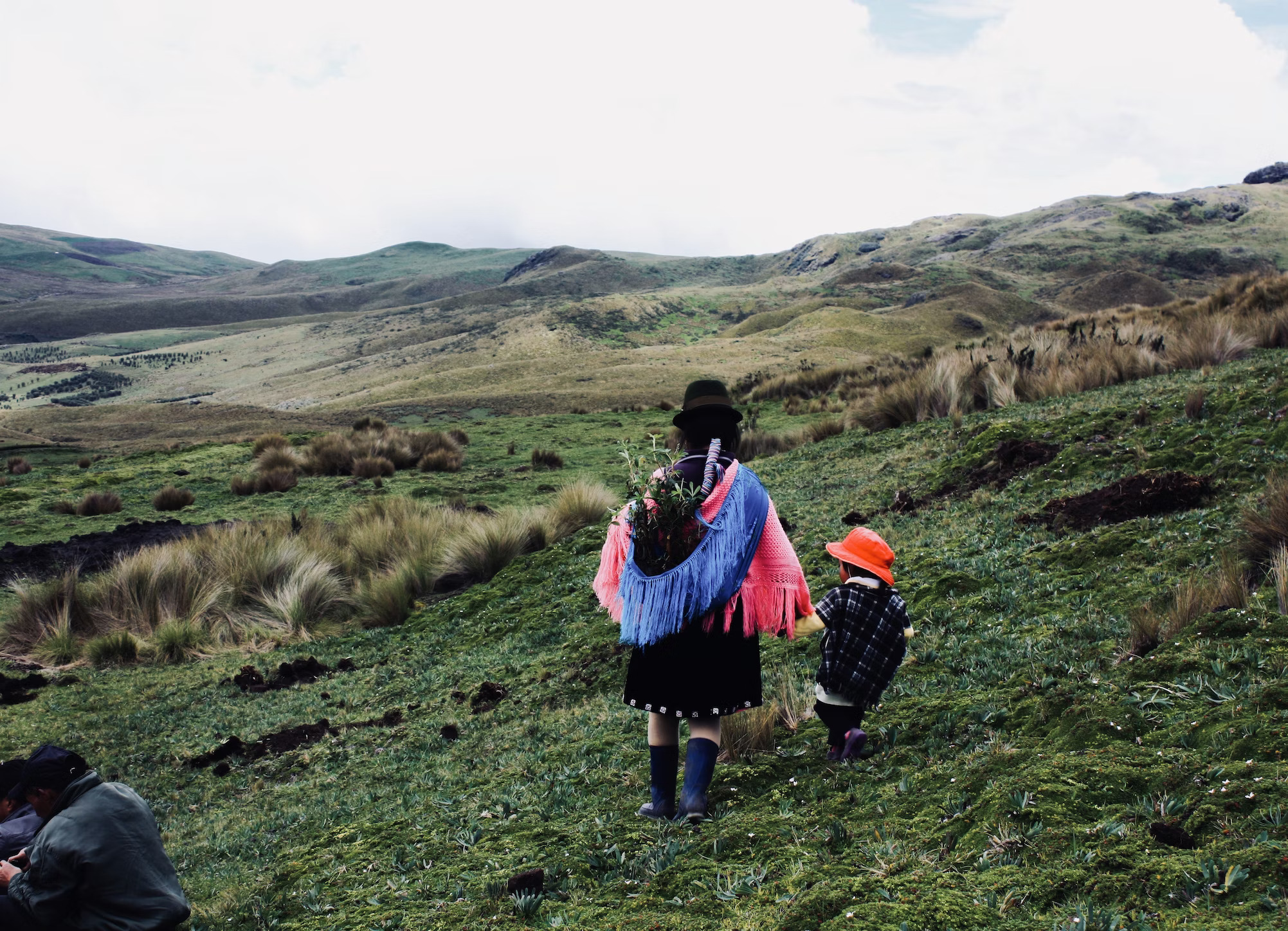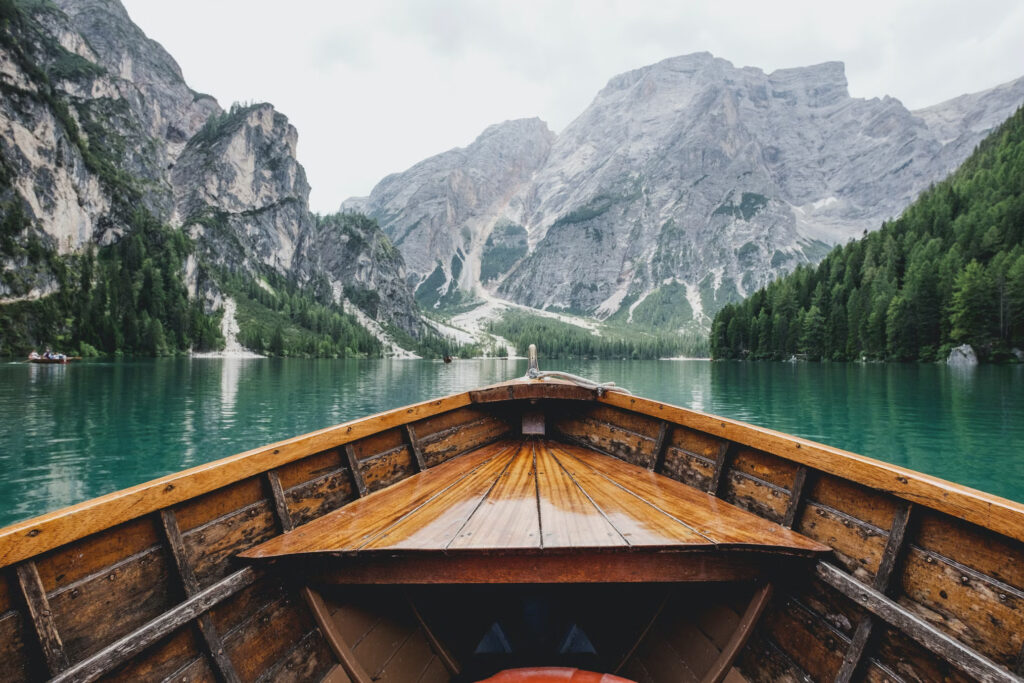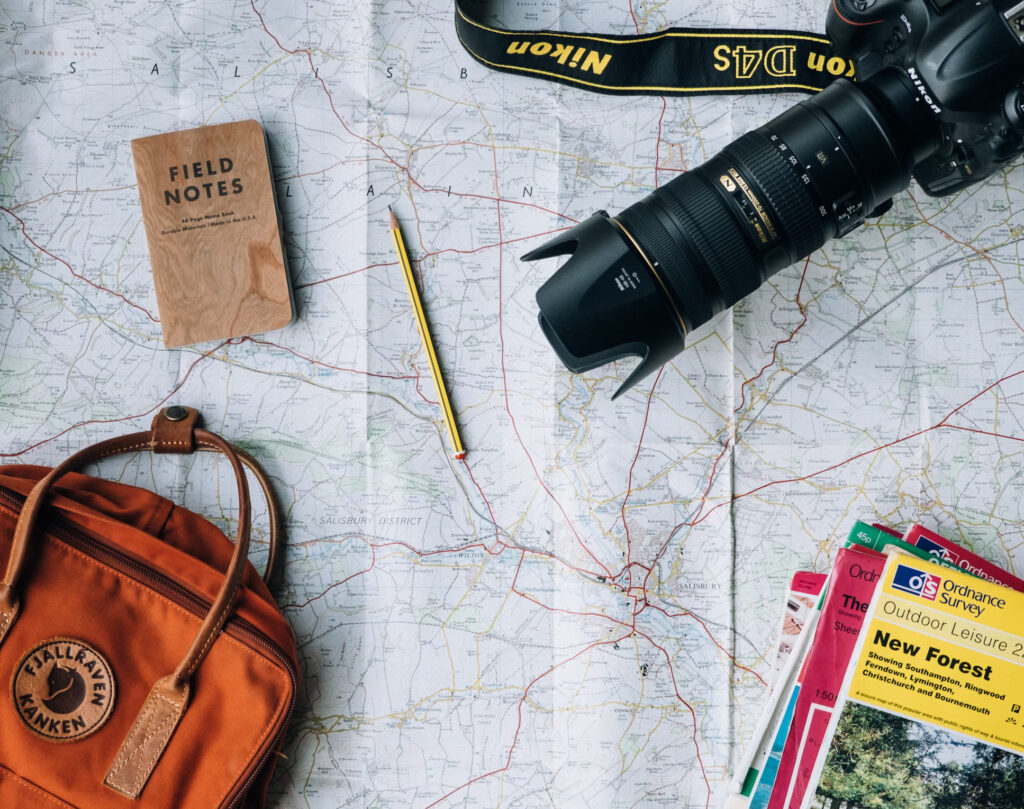90% of travelers want sustainable options, according to a 2023 Expedia report based on data from 200+ travel websites and a billion trips. Offering authentic and unique local experiences can make a huge difference in attracting visitors to your destination.
It also has a significant impact on the local economy.
Today we’ll show you how to upgrade your destination marketing with local experiences. We’ll cover everything from how to identify unique local experiences, to marketing them effectively.
Ready to make your destination stand out? Let’s get started.
Content Overview
⦁ Why marketing local experiences matters
⦁ How to identify local experiences
⦁ Creating and curating unique local experiences
⦁ Educate and inspire visitors and locals
⦁ How to promote and market your local experiences
⦁ How to measure the impact of your destination marketing initiatives
Why marketing local experiences matters
Local experiences set your destination apart
Identifying and developing authentic, local experiences is a great way to show what makes your destination and community unique. It can help build a reputation centered around experiencing something different, attracting more visitors in the long run. Local experiences create a lasting impression on visitors, leading to positive reviews and recommendations.
Travelers are increasingly seeking out local experiences
According to Expedia’s 2023 Sustainability report, based on data from a billion trips, 90% of travelers want sustainable options.
They’re specifically looking for:
- Local business and restaurant recommendations
- Information on engaging with local cultures
- Low environmental impact transportation options
- Environmentally conscious lodging and accommodations
- Destinations that support indigenous cultures and heritages
Local experiences support the local economy and promote sustainable travel
By providing opportunities for local businesses and entrepreneurs, you help create jobs, stimulate growth and support the overall community. Research shows that for every $100 spent on local businesses, $68 stays within the local economy. Encouraging people to engage and experience unique, local experiences is also a great way to promote more sustainable travel!
How to identify unique local experiences

Photo credit: Ian Macharia on Pexels
The first step in offering unique local experiences is to identify what makes your destination unique. Research and engage with locals and stakeholders to uncover underrated favorites that tourists, other types of travelers, and even locals might not know about.
Research and analyze your destination
Do research on your destination’s history, culture, and attractions. Look for unique aspects that set your destination apart from others. For example, if your destination is known for its food scene, consider offering food tours that showcase local cuisine in authentic ways.
Engage with locals and stakeholders
Talk to locals and stakeholders to get a sense of what makes your community unique. Ask them about their favorite places to go and things to do in the area. You can also get input from local businesses and providers. Brainstorm how to let travelers step into your world in an authentic way, different from the commercial tourist offers.
Leverage existing resources and assets
You don’t have to reinvent everything. Often you already have what you need! Look for existing cool initiatives! Identify resources and assets that can be used to create unique local experiences. This could include nature, locals’ favorite spots, or cultural events.
If your destination is known for its gorgeous nature, consider offering hikes or bike tours with local guides, and so on. Just make sure to have a plan in place for how to balance visitor numbers from the beginning.
Creating and curating unique local experiences
Once you’ve identified unique local experiences, the next step is to develop and curate them.
Develop themes and itineraries
Develop themes and itineraries that showcase the best of your destination. For example, you could create a wine-tasting tour that highlights local family-run vineyards or a historical walking tour that explores your destination’s past.
Not everything needs to be super organized. Sometimes it can be as easy as providing the information and tracking the results to make sure it’s sustainable.
Partner with local businesses and providers
Partner with local businesses and providers to offer unique experiences that visitors can’t find anywhere else. You could for example partner with a local chef to offer cooking classes or a local artist to offer painting workshops.
Tap into technology and innovation
Think of how you can use technology and innovation to make your local experiences more engaging and interactive. Why not use virtual reality to showcase your destination’s underrated spots or an app that guides visitors on a walking tour? Only the imagination sets the limit!
How to promote and market your unique local experiences
Once you’ve an overview of your unique local experiences, it’s time to let people know!
Here are some tips for promoting and marketing your local experiences.
Share inspiring stories and content
Craft authentic stories and content that showcase the unique sides of your destination. Use photos and videos to bring your local experiences to life. Share real stories from the local community.
Use social media and team up with local and international media
Leverage social media and different platforms to reach a wider audience. Use hashtags and geotags to promote your local experiences on Instagram and other social media platforms. Identify relevant partners that can help you. From local and international media, to relevant niche influencers with an audience that represents your ideal client.
Just make sure to balance visitor numbers to avoid any place getting too crowded and that visitors have a negative effect on the local community.
Target different audiences and segments
Identify diverse audiences and segments that are interested in different sides of your destination. Like foodies with your culinary tours, history lovers with your walking tours, and remote workers or digital nomads with your low-season highlights.
Don’t forget to run initiatives targeting the local community and neighboring towns as well!
How to measure the impact of your destination marketing initiatives
Finally, it’s important to measure the impact of your unique local experiences initiatives to learn what’s working and what needs to be improved.
Set goals and KPIs
Set specific goals and key performance indicators (KPIs) to track the success of your local experiences. You could for example set a goal to increase the number of visitors who participate in your local experiences by 20% within the next year. The goals should not only be centered around numbers, but also on the wellbeing of the local community and your destination.
More about sustainable strategies here.
Collect and analyze data
Collect and analyze data on your local experiences to track their impact. This could include data on visitor participation, revenue generated, community- and customer satisfaction.
Use feedback to improve your local experiences
Use feedback to improve your local experiences. Ask visitors to provide feedback on their experiences and use this feedback to make improvements and adjustments as needed.
Ready to upgrade your destination marketing with local experiences?
Offering unique local experiences is a great way to set your destination apart, support the local economy, and attract more visitors. By identifying and promoting unique aspects of your destination, you create more reasons for coming over, distribute visitors throughout the year, and support more sustainable travel.
Measure the impact of your local experience initiatives to learn what works and make improvements as needed. Now the only question is, what are you waiting for?
Questions? Let us know in the comments! Do you want input on how you could improve your marketing with unique local experiences? See how we can help.



 Photo credit:
Photo credit: 
 Photo credit:
Photo credit:  Photo credit:
Photo credit: 





0 Comments